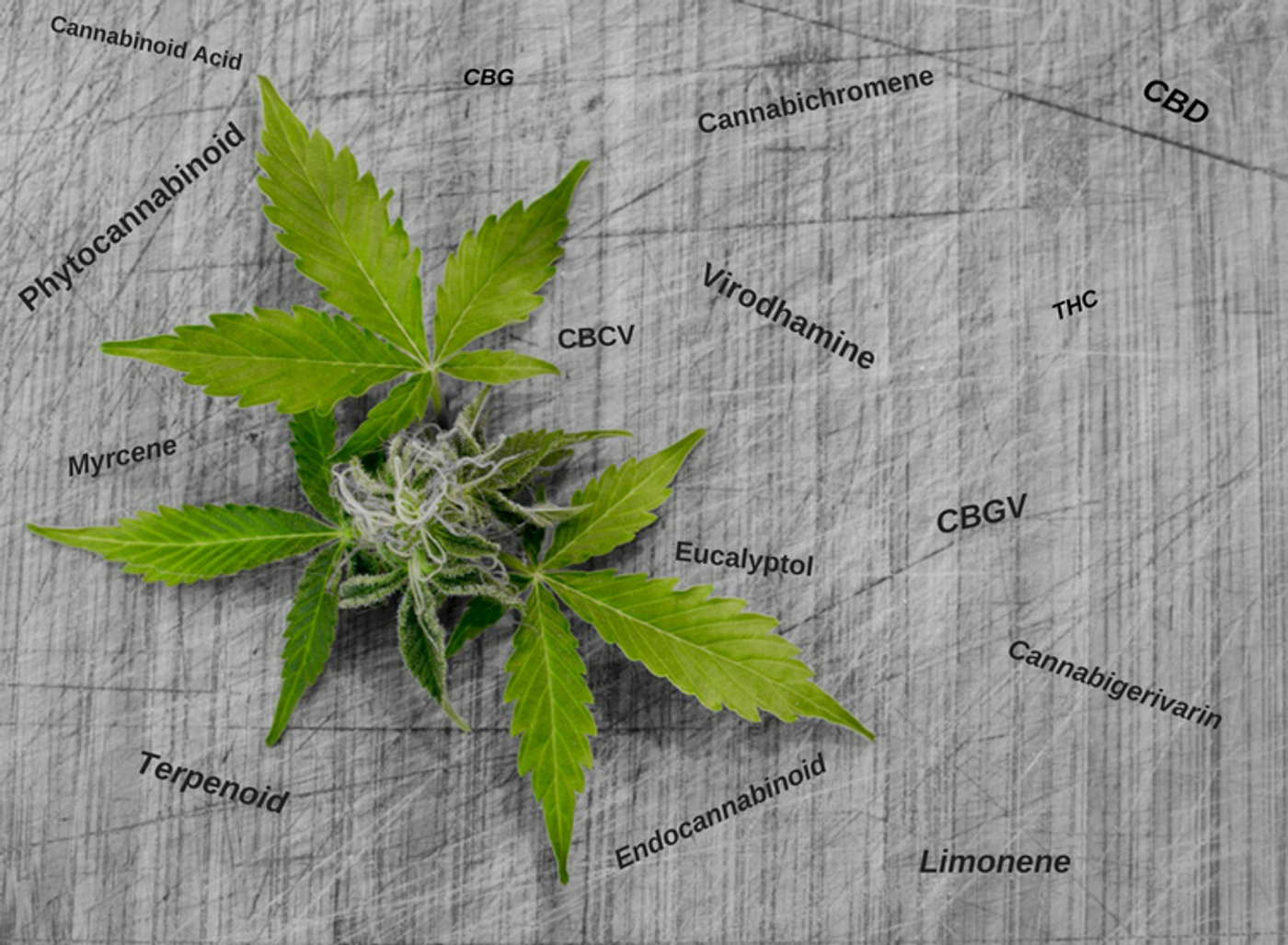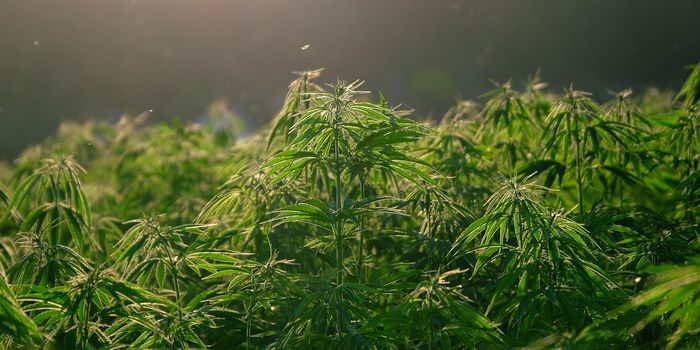Medicinal Cannabis: Commonly Used Terms Part 1
Terminology matters. In medicine, in the law, in how we communicate information. When it comes to medical cannabis, terminology is as complex as anything else needing interpreting. Part I focuses on the relevant compounds and terms individuals use when discussing medicinal marijuana including: cannabinoids, endocannabinoids, phytocannabinoids, and terpenes. Relevant terms are italicized.
Relevant Compounds
The term cannabinoid refers to compounds that act on the cannabinoid receptors CB1R and CB2R as part of the complex Endocannabinoid System; receptors are is found throughout an animal, including in large numbers within the central nervous system, for neurotransmitter release and regulation. There are two prefixes used in conjunction with the term cannabinoid and specify the source of the compound; a plant-based cannabinoid source is a phytocannabinoid and an internal source of cannabinoid in the body is identified as an endocannabinoid.
Endocannabinoids are naturally made by the body, contain a common 19 carbon backbone structure with an R group, and are critically involved in bioregulation. The five best known endocannabinoids are Anandamide (AEA), 2-Arachidonoyl-glycerol 2-AG), Noladin Ether, N-arachidonoyl-dopamine, and Virodhamine.
Phytocannabinoids are naturally found in the cannabis plant and are formed through decarboxylation of cannabinoid acids catalyzed by heat, light, or alkaline conditions. This explains why growing conditions and testing for potency and cannabinoid presence is important for medical cannabis suppliers and buyers. The most well-known phytocannabinoid, delta-9-tetrahydrocannabinol or THC, is the plant compound responsible for the psychoactive intoxication symptoms associated with cannabis. Cannabis plant researchers have isolated more than 100 unique cannabinoids found in the plant but many of these are in minuscule quantities. There are eight more commonly described cannabinoids each derived from a cannabinoid acid and are named as follows: Cannabigerol (CBG), THC, Cannabidiol (CBD), Cannabichromene (CBC), Cannabigerivarin (CBGV), Tetrahydrocannabivarin (THCV), Cannabidivarin (CBDV), and Cannabichromevarin (CBCV).
Terpenes
Terpenes are found in the cannabis plant along with cannabinoids. Terpenes are organic compounds responsible for the aromatics of a given plant and cannabis plants can contain up to 140 chemical terpenes or terpenoid structures. Terpenes commonly found include: Limonene, Myrcene, Linalool, Alpha Bisabolol, Delta-3 Carene, Borneol, Pinene, Eucalyptol, Terpineol, Caryophyllene, and Camphene. These are not unique to the cannabis plant but can be found in many other plants as well.
Sources: European Journal of Internal Medicine, Neuroendocrinology letters, MaryJane’sDiary,









